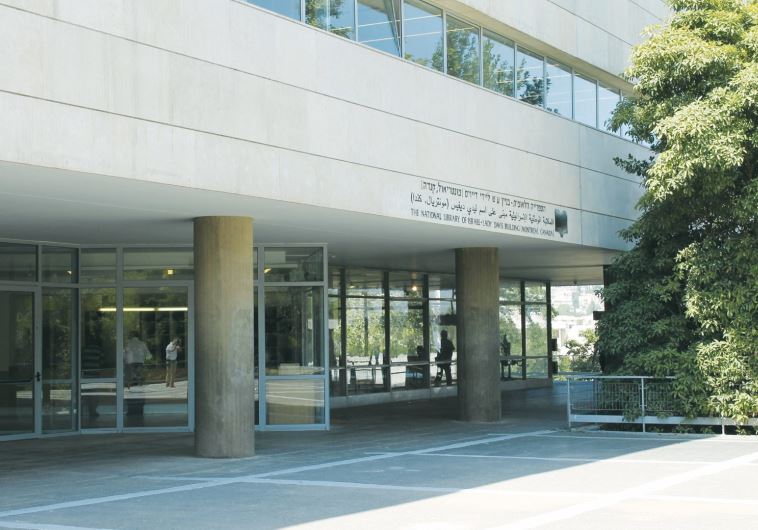Health Scan: New device shortens chest-tube insertion from minutes to seconds
The need for a solution was made evident by a current wave of stabbing attacks that has left dozens of Israelis dead and hundreds of them wounded.
 The national library of Israel on the Givat Ram campus, the Hebrew University of Jerusalem.
The national library of Israel on the Givat Ram campus, the Hebrew University of Jerusalem.